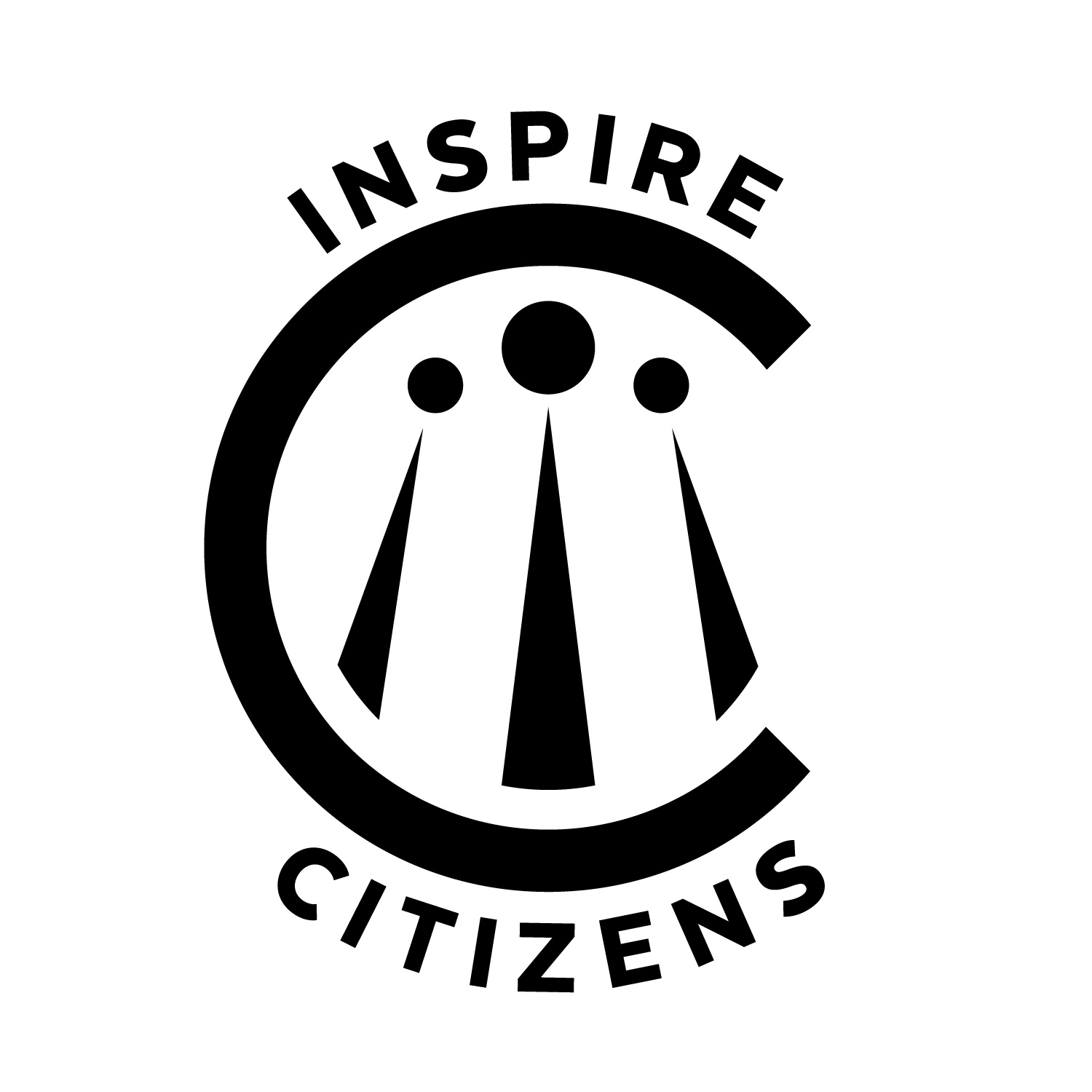STAGE 1
Q: Which knowledge, skills, and understandings will I target in this unit/project design?
You will begin by identifying the key knowledge, skills, and understandings students need to successfully explore the world and take meaningful action. This is the foundation of your unit—as we ignite student passions and introduce global issues, we ensure learners develop the skills and knowledge to engage critically, creatively, and compassionately. ABLE aligns with your school’s standards and curriculum while setting the stage for deeper inquiry, purpose, and action in later stages.
Considering the Application of our Learning
As we are designing a learning experience, using the Empathy to Impact framework, we may want our students to take on a real-world role as part of the application of their learning to take action and have a positive impact. Depending on the type of action we are building towards, we might ask our students to think like a… (Film director or editor, Social media influencer, Conservation photographer, Data analyst, Advocacy writer, Researcher, Workshop facilitator, Marketing director, Project manager, Technology director, Etc!)
By taking on a real-world role as part of their work and seeing authentic connections to how the knowledge and skills that they are learning in the classroom can be applied in a meaningful way, we increase engagement, create a sense of purpose, and level up the engagement of our students. It helps them to really understand the WHY behind the learning.
Explore the “ABLE” resources
Step 1: Put your school’s curricular standards here, selecting the academic content and skills to target in your unit/project design:
What disciplinary knowledge or cross-disciplinary skills are essential for this unit?
Which of your school’s curricular standards or learning outcomes will guide this unit?
Step 2: Explore the “ABLE” Resources in this section. Select one or two that most readily support the academic content and skills of your unit.
Step 3: Write Learning Objectives that are clear and student-centered learning goals. Consider including key concepts, vocabulary, skills for inquiry, communication, collaboration, problem-solving, or critical thinking
Step 4: Design the unit for Readiness and Growth.
Design pre assessments and formative assessments of key vocabulary, skills and concepts. You will use this data to scaffold these targets in your lessons
Plan enough time for skill practice, reflection, and feedback
ISTE Technology Standards for Students
Today’s students must be prepared to thrive in a constantly evolving technological landscape. The ISTE Standards for Students are designed to empower student voice and ensure that learning is a student-driven process.
Digital citizenship shouldn’t be a long list of don’ts. It should be about the do’s that help create thoughtful, empathetic digital citizens who can wrestle with the important ethical questions at the intersection of technology and humanity. Those do’s include:
Using technology to make your community better.
Engaging respectfully online with people who have different beliefs than you.
Using technology to make your voice heard by public leaders and shape public policy.
Determining the validity of online sources of information.
Digital citizenship goes beyond conversations about personal responsibility. It’s about being active citizens who see possibilities instead of problems, and opportunities instead of risks as they curate a positive and effective digital footprint.
Related resources:
ISTE Student Standards
Defining the skills citizens will need in the future world of work
We know that digital and AI technologies are transforming the world of work and that today’s workforce will need to learn new skills and learn to continually adapt as new occupations emerge. We also know that the COVID-19 crisis has accelerated this transformation. We are less clear, however, about the specific skills tomorrow’s workers will require.
Research by the McKinsey Global Institute has looked at the kind of jobs that will be lost, as well as those that will be created, as automation, AI, and robotics take hold. And it has inferred the type of high-level skills that will become increasingly important as a result.1 The need for manual and physical skills, as well as basic cognitive ones, will decline, but demand for technological, social and emotional, and higher cognitive skills will grow.
Related resources:
Approaches to teaching and learning (ATL) skills
The MYP extends IB approaches to learning (ATL) skills categories into !0 developmentally appropriate clusters. This framework provides common ground from which schools can develop their own ATL planning based on MYP units, student needs, and local circumstances and requirements.
ATL skills are often interconnected. Individual skills and skills clusters frequently overlap and may be relevant to more than one skill category.
Related resources:
21st Century Competencies
Explore the 21st Century Competencies resources provided by the Ministry of Education, Singapore. This platform outlines essential skills and values that prepare students for a rapidly changing world.
Related resources:




